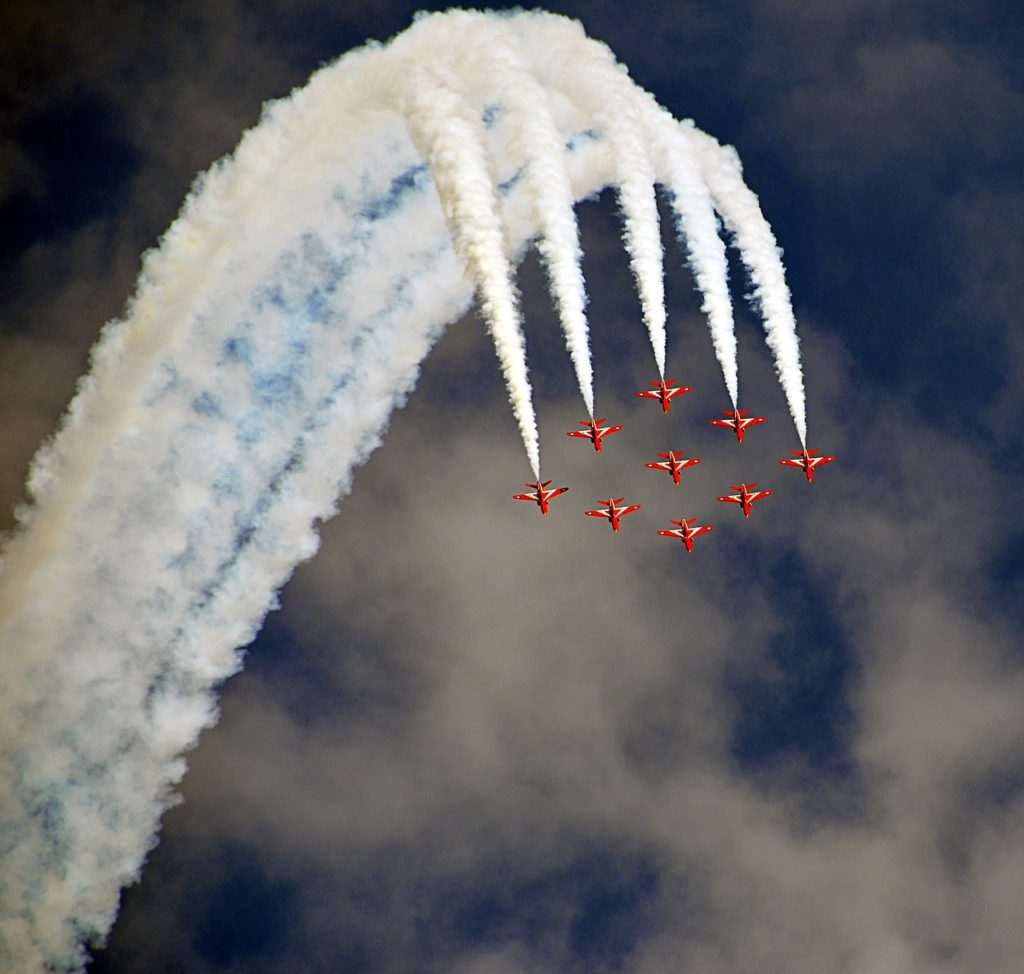As I have proudly mentioned before, my amazing husband is a pilot, a top notch pilot. All I have learned about the exciting world of aviation is largely due to being married to my Flyboy. No, for the record he is not nor was he ever in the air force. Irrelevant!
I recall being at the Dreher Park (Palm Beach) Zoo with our then preschool age son the morning following the shocking reports of John F. Kennedy, Jr.’s plane mysteriously disappearing during the prior evening. Amid all the speculations was the obvious concern that he, his wife and her sister had gone missing and were feared dead. Being married to a pilot, with a heavy heart I didn’t want to believe what my husband instinctively knew was the sad truth the rest of the world would soon learn; spatial disorientation was the cause of their deaths.
The more common term for spatial disorientation is vertigo or “Which way is up?“. Using my own definition, a variation of vertigo is when I get motion sickness and could care less which way is up, just please stop the motion! The concern though with a pilot at the controls is, they may very well not realize they are dealing with spatial disorientation due to losing their view of the horizon, thus their visual balance plays tricks with their minds. Fortunately I have never (hmm,…at least to my knowledge) been flying with my husband or any other pilots when spatial disorientation was even a remote concern. However, I have been a passenger in a plane while pilot friends practice flying “under the hood”.
There are two very important and basic terms in aviation which refer to the visual/weather conditions under which to safely fly; VFR and IFR. Not to bore my readers with information beyond my own personal expertise, but VFR stands for Visual Flight Rules and IFR stands for Instrument Flight Rules. Should the weather conditions be deemed unsafe (limited visibility) by the FAA, Federal Aviation Administration , hopefully the pilot is instrument rated because Instrument Flight Rules are enforced. To become instrument rated, pilots must practice flying while “under the hood” meaning their visibility is restricted, forcing them to rely on the instruments located on the instrument panel.
Just as pilots very quickly learn, they cannot go by what they see or feel, or will risk spatial disorientation, getting the leans, ultimately spinning the plane into the ground, but must rely on their instruments. So too for the Christian. Our faith in God is not based on what we think we see in the natural or how we think we feel emotionally, but by focusing on our instrument panel which is God’s Word. Especially when life seems too difficult to handle alone, trusting God’s IFR is the only way to keep flying high.
I like what Nick Vujicic says “attitude is altitude.
“…but they who wait for the Lord shall renew their strength; they shall mount up with wings like eagles; they shall run and not be weary; they shall walk and not faint” Isaiah 40:31 (ESV).
I must also give inspirational credit for the development of this post to two ministers who just happen to be pilots: Kenneth Copeland and Jimmy Evans.
And just for the record; I am not a pilot, but have a great amount of respect for pilots, especially my Flyboy.
Happy Flying!


Hope you enjoyed reading this post and will consider sharing your thoughts, following me on social media and subscribing to my blog.


You made some nice points there. I did a search on the theme and found nearly all folks will go along with with your blog. Cindy Ricard Gui
Hi Cindy,
This was a fun post to write. Thank you for your kind words.
Blessings this Christmas holiday to you and yours!
Taylor